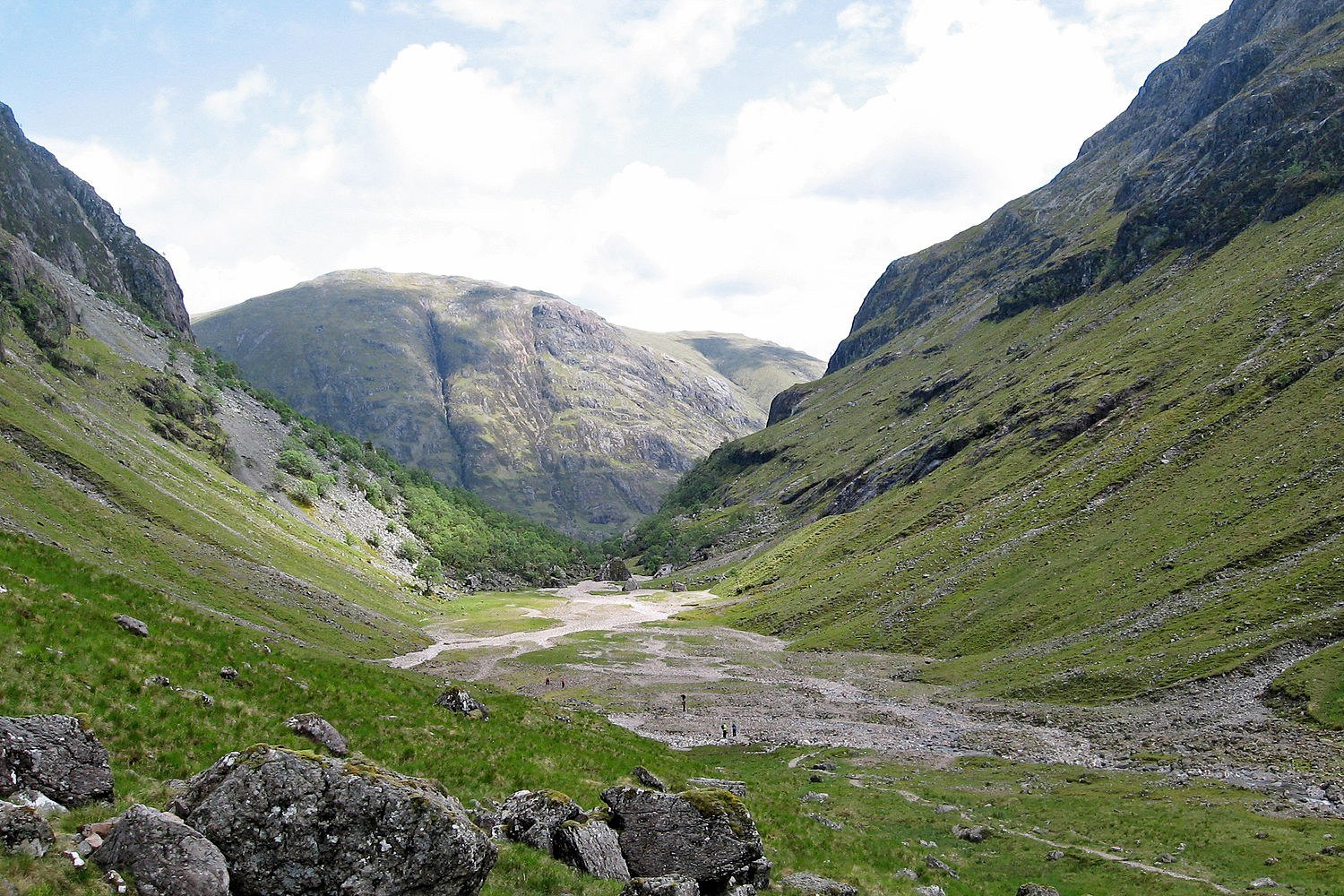Everyone has a different style of traveling. Some like to spend their free time basking in the sun at a 5-star resort on the Mediterranean coast.
Others prefer to risk life and limb by scrambling down mountainsides, hiking across rocky terrain, and camping out in the wild.
Europe is one such continent that offers plenty of opportunities for this particular type of adventure. Such holidays don't come without risk, so it pays to be prepared with a global health card.
With that in mind, here's a look at Europe's most dangerous hiking trails.
Table of Contents
Grande Randonnée (GR) 20, Corsica
GR 20 is a walking trail that stretches eastward from the north to the south of Corsica. Although it involves minimal climbing, it is considered Europe's most challenging long-distance trek.
The hike takes around 15 days to complete when walking for a minimum of six hours daily.
At 112 miles (180 km) long and twelve thousand meters of ascending and descending, it's safe to say that a decent level of fitness is needed to complete the trek.
The walk is impassable during the winter due to snow and made difficult in the peak of summer, thanks to Corsica's sweltering heat.
Knivskjellodden (North Cape), Norway
Those wanting to stand at the most northern tip of Europe usually journey to the edge of Nordkapp Plateau in Norway and call it a day.
However, the real land's end is two miles west of this site, protruding a further 4,839 feet (1,475 meters) north.
The walk from Nordkapp to Knivskjellodden is an 11-mile (18-kilometer) round trip that takes around six hours to complete. However, the window throughout the year for hiking this route is small.
The path is often made impassable due to snow, and the lack of light after October makes it impossible to navigate during winter.
When walking in the summer months, you'll be rewarded by the constant presence of the midnight sun.
Watch out for the northern winds, which can whip you to and fro. But that's Norway for you – a country made all the more beautiful by its unpredictable weather!
The Dolomites, Italy
Located south of the Italian/Austrian border, the Dolomites form part of the Southern Limestone Alps and are popular among novice and seasoned hikers.
These peaks rise above 9,842 feet (3,000 meters) and contain the highest concentration of Via Ferrata (which roughly translates as “iron paths”) in the world.
This means that the 170 routes come equipped with fixed cables, ladders, and bridges, making them accessible to walkers and climbers.
These paths are free to use and open to any enthusiast with substantial mountain experience and who isn't bothered by heights.
Related: Bucket List Destinations in Northern Europe
Aonach Eagach Ridge, Scotland
The reward for scrambling Aonach Eagach Ridge in Bonnie Scotland is not just the sense of achievement that comes with completing a challenge but the views you'll be greeted with along the way.
Aonach Eagach runs along the northern side of Glencoe and is best hiked in winter for a genuinely alpine experience.
Many who complete the Aonach Eagach scramble do so due to having the goal of “bagging Munros.” Munros are the mountains in Scotland, which are over 9,842 feet (3,000 meters) tall.
There are 282 Munros in the country, with Aonach Eagach boasting two of the most challenging – Meall Dearg and Sgor Nam Fiannaidh.
El Caminito del Rey, Spain
Located in the province of Málaga in southern Spain, this hike (also known as Camino del Rey) was once touted as one of, if not the scariest treks in the world.
This three-kilometer cliff path was built at the turn of the 20th century to give construction workers access while building the nearby Guandalhorce dam.
The rapidly deteriorating pathway was officially closed in 2000 and stayed shut for nearly 15 years after some people died trying to cross it.
Not that this deterred the most desperate thrill-seekers, who continued to trek along the path, despite the risk of injury and trespassing fine.
The path was re-opened in early 2015 after a $3 million refurbishment. Secure wooden walkways were installed and equipment replaced, with all hikers now required to wear hard hats.
Trift Bridge Hike, Switzerland
The Trift Bridge is a pedestrian suspension bridge in the Swiss Alps. Located above the Trift Glacier, it stretches 558 feet (170 meters) across the lake.
The bridge is accessible via an aerial cable car, transporting visitors across the Trift Gorge and Valley. It's a 90-minute hike from there to the bridge, the crossing of which is a feat in itself.
The bridge is suspended 328 feet (100 meters) above the lake, and hikers need to have a steady head for heights to journey from one end to the other. I suggest gazing at the nearby glacier and lake rather than looking down.
Europe has various paths, walkways, and treks to cater to any hiker of all backgrounds. These particular hikes pack in a little something extra for those searching for both greater heights and thrills.
______
This story was written by LC and brought to you in partnership with GHIC Application UK. All opinions are the author's own.
LC is an ex-expat who is currently re-exploring her home country of Australia. Follow her adventures at home and abroad via her blog Birdgehls, where she writes about travel, expat life, gushes on about various animals and bemoans her often futile attempts to go completely green. Or, you can look her up on Facebook.
Planning a trip? Go Backpacking recommends:
- G Adventures for small group tours.
- Hostelworld for booking hostels.





djoull
Tuesday 1st of November 2016
Great Article LC. Most of these hikes are on my bucket list :) FYI, the most difficult part of the GR20, called "cirque de la solitude" , has been closed, after a groups of hikers died due to a Landslide last June...
LC Haughey
Monday 7th of November 2016
Geez, that's frightening!